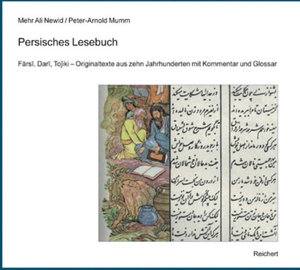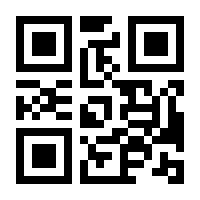
Persisches Lesebuch
Farsi, Dari, Tojiki. Originaltexte aus zehn Jahrhunderten mit Kommentar und Glossar
von Mehr Ali Newid, Peter-Arnold Mumm
Das Neupersische, seit dem 9. Jahrhundert n. Chr. bezeugt, hat sich seitdem nur wenig verändert. Klassische Texte sind gebildeten Iranern, Afghanen oder Tadschiken heute noch weitgehend verständlich, und selbst die erst im 20. Jahrhundert als nationale Hochsprachen ausgebildeten Varianten Tadschikisch, Dari und Farsi sind als einheitliche Sprache erkennbar. Als Symbol der Einheitlichkeit dient die arabische Schrift.
Das Persische Lesebuch dokumentiert die Entwicklung der neupersischen Schriftsprache in ihrer gesamten historischen und geographischen Ausdehnung anhand ausgewählter und kommentierter Originaltexte aus Poesie und literarischer Prosa von Ferdawsi (10./11. Jahrhundert) bis hin zu moderner Literatur. Jeder Text wird durch literaturgeschichtliche, kulturhistorische und sprachwissenschaftliche Anmerkungen ergänzt. Kurzportraits mit zahlreichen Hinweisen auf weiterführende deutsche, englische und persische
Sekundärliteratur stellen die Autoren vor. Der Wortschatz der Texte wird in einem ausführlichen Gesamtglossar erfasst, das auf gängigen Wörterbüchern fußt. Sprachhistorische, dialektale und stilistische Besonderheiten werden in Fußnoten erläutert, die auf einen komprimierten Grammatikteil verweisen. Dieser fängt die sprachlichen Besonderheiten systematisch auf, ordnet sie ein und ergänzt sie um weiterführende bibliographische Hinweise. Der Grammatikteil enthält Verweise auf die jeweiligen Textstellen, so dass das grammatische Phänomen in seinem Kontext erfasst werden kann.
Das Persische Lesebuch wendet sich an Wissenschaftler und Studierende. Es ebnet den Zugang zur wenig erschlossenen Originalliteratur und schlägt eine Brücke zwischen Lehrbuch und unkommentierten Originaltexten.
In the last one thousand years Modern Persian, attested from the 9th century AD onwards, has undergone surprisingly few changes, when compared for example with the development of Modern English. Classical Persian is largely comprehensible for educated Iranians, Afghans or Tajiks even today. Even the modern standard languages Tajik, Dari and Farsi that became established in the 20th century are recognizable as essentially one uniform language. For a long time the Arabic script – used in Tajikistan until 1928 – has been a symbol and a supporting element of the homogeneity of Persian: Its incomplete expression of the vocalism puts the historical and dialectal differences into the background. It is only on closer inspection that the historical and areal peculiarities regarding syntax and lexicon emerge.
The Persian Reader documents the development of written Modern Persian in its entire historical and geographical extension, based on a representative selection of original texts ranging from poetry and the literary prose of Ferdawsi (10/11th century) to modern literature. Every text is accompanied by a portrait of the author as well as a rich and detailed bibliography. A comprehensive glossary contains the vocabulary of the text in detail. It is based on the standard dictionaries but also on the texts themselves, which is particularly important when dealing with the early classical texts. In addition, numerous footnotes provide explanations of special linguistic, literary and cultural features. The linguistic remarks in the footnotes are connected to a systematically arranged and concise grammar section explaining stylistic, historical as well as dialectal characteristics as well as providing links to references that include current research. This grammar section also contains back references to the attestations in the texts, so that a particular grammatical phenomenon can be studied in its larger context.
The target audience of the Persian Reader are researchers and advanced students. It provides access to original texts, some of which have received little attention so far. The rich bibliographical part helps bridging the gap between acquiring the language from a coursebook and reading original texts in an uncommented edition. Moreover, this reader is a compendium of historical literature as well as linguistics, which may also be useful for scholars of Iranian Studies, considering the still incomplete knowledge in the fields of text edition, lexicography and grammar writing in this area, especially when compared with state of affairs in modern European philology.






